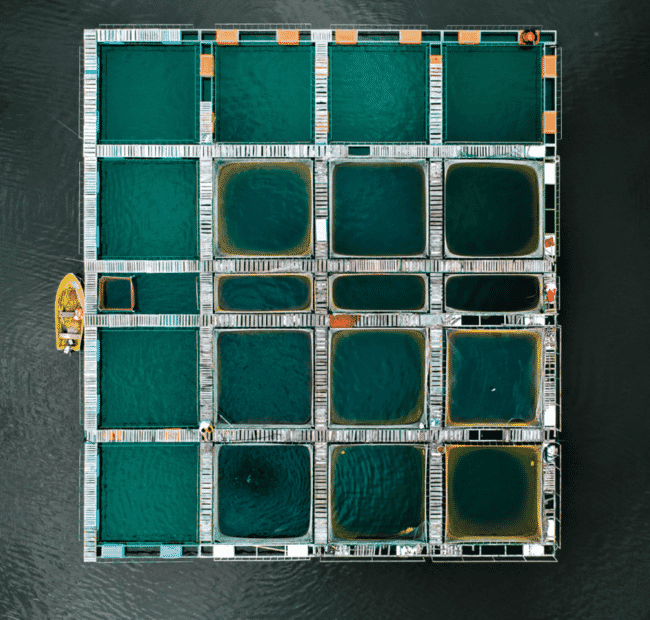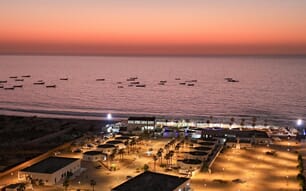
© GLOPAN
If we were to rely only on aquaculture to meet the demand for seafood by 2030, the world’s production would need to grow at three times the current projected rate, the study found.
Led by Dr Rashid Sumaila, professor in UBC’s Institute for the Oceans and Fisheries, and Dr Muhammed Oyinlola, postdoctoral fellow in the UBC department of zoology, the paper suggests that aquaculture might not be the panacea for global seafood security that many of its proponents argue.
“We feel there’s a sense of over-optimism about seafood farming and its production, with news articles titled, ‘Can sustainable aquaculture feed the world?’ and the like. People tend to focus on the growth rate of the industry, and to view aquaculture as the solution to our food security woes caused by overfishing, climate change and more. So we decided to test this. Using aquaculture production data from 1950 to 2018 and calculating the average growth rate for most farmed seafood species and countries around the world, we found this growth has already peaked in 1996, at 14 per cent, and is now in decline,” said Dr Sumaila in a press release.

© UBC
“This is the average growth rate – production is still increasing, just not as quickly. This is the nature of any industry: initial growth is fast, but reaches a peak and tapers off when it faces the inevitable constraints; in this case, things like adequate space, access to water, availability of fish needed to make fishmeal and so on. Levelling off doesn’t mean aquaculture is not contributing to global seafood production, it’s just not contributing as much as many are hyping it up to be,” he added.
Key findings
“Atlantic salmon saw the biggest drop in aquaculture production growth for a species, from 314 per cent prior to 1970 to just 0.9 per cent in 2018. We were surprised to find that growth in shellfish farming is also declining, because shellfish don’t require feeding with fish meal, so there are technically fewer barriers for farming shellfish than finfish,” said Dr Oyinlola.
“We also projected that if the world relies solely on aquaculture to meet seafood demand, we would face a seafood shortage of about 71 million tonnes a year by 2030, if farmed seafood production continues growing at its current rate,” he added.
Despite the large number of farmed aquatic species, the researchers point to the prevalence of a handful.
“Farmed food is usually very specialised in that a very few species are farmed based on market demand. Without wild fish stocks, we would lose biodiversity. One result of this lack of diversity would be a loss of nutritional value for humans, as smaller fish like sardines are loaded with micronutrients, but tuna is what sells. Maintaining and rebuilding wild fish stocks is not only good for nature but also good for human health and food security,” noted Dr Oyinlola.
“We can’t just rely solely on aquaculture for our seafood needs. Leaving aside technical, environmental and economic reasons for not doing so, wild fish is fish for all, in a sense. While 201 countries cumulatively caught 60 per cent of the total global wild fish catch in 2018, China alone produces 60 per cent of the world’s farmed seafood, and Asia produces 90 per cent. If you have money, you can afford to buy farmed seafood, but what if you don’t? I would love for fish farming to feed everyone perfectly but it’s not a reality: Aquaculture has a role to play but we shouldn’t give up on our wild fish, and that means rebuilding and conserving them. We need aquaculture, we just need to manage it wisely, and not oversell its potential,” Dr Sumaila concluded.




